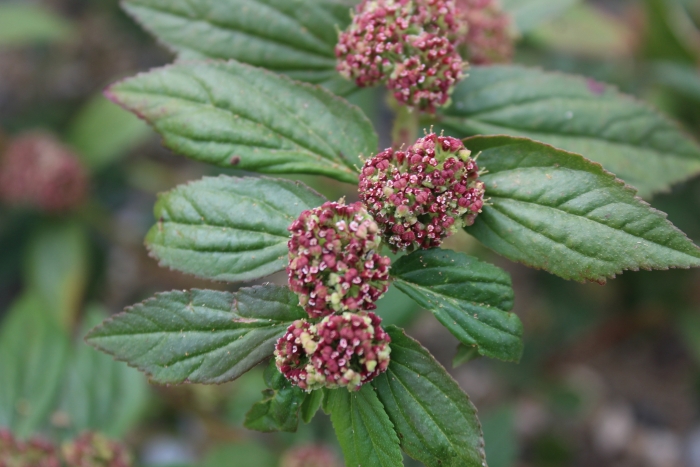Asthma-Plant
(Euphorbia hirta)
Asthma-Plant (Euphorbia hirta)
/
/

Ricard Busquets Reverte
CC BY 4.0
Image By:
Ricard Busquets Reverte
Recorded By:
Copyright:
CC BY 4.0
Copyright Notice:
Photo by: Ricard Busquets Reverte | License Type: CC BY 4.0 | License URL: http://creativecommons.org/licenses/by/4.0/ | Rights Holder: Ricard Busquets Reverte | Publisher: iNaturalist | Date Created: 2023-12-23T16:34:42-08:00 |

























Estimated Native Range
Summary
Euphorbia hirta, commonly known as asthma-plant, is an annual herb native to tropical America, including Mexico, the Caribbean, Central America, and parts of South America. It has become naturalized in many other tropical and subtropical regions worldwide. Euphorbia hirta typically grows up to 24 inches tall and thrives in a variety of disturbed habitats such as open grasslands, roadsides, and pathways. It has a sprawling form with small, oblong leaves and produces tiny, inconspicuous flowers year-round, with peak flowering in the summer. The plant is known for its hairy stems and leaves, which contain a milky sap characteristic of the Euphorbiaceae family.
The asthma-plant is valued for its medicinal properties, particularly in traditional medicine for treating asthma, skin ailments, and hypertension. In the Philippines, it is consumed as herbal tea for dengue fever and malaria. It is easy to grow and maintain, requiring minimal care once established. Euphorbia hirta prefers full sun to partial shade, tolerates a range of soil types, and is drought-resistant. However, it is important to handle the plant with care due to its sap, which can be irritating to the skin and eyes. Gardeners should be cautious as Euphorbia hirta can become invasive outside its native range, often outcompeting native vegetation.CC BY-SA 4.0
The asthma-plant is valued for its medicinal properties, particularly in traditional medicine for treating asthma, skin ailments, and hypertension. In the Philippines, it is consumed as herbal tea for dengue fever and malaria. It is easy to grow and maintain, requiring minimal care once established. Euphorbia hirta prefers full sun to partial shade, tolerates a range of soil types, and is drought-resistant. However, it is important to handle the plant with care due to its sap, which can be irritating to the skin and eyes. Gardeners should be cautious as Euphorbia hirta can become invasive outside its native range, often outcompeting native vegetation.CC BY-SA 4.0
Plant Description
- Plant Type: Herb
- Height: 0.5-1 feet
- Width: 1-2 feet
- Growth Rate: Rapid
- Flower Color: Green, White
- Flowering Season: Summer, Fall
- Leaf Retention:
Growth Requirements
- Sun: Full Sun, Part Shade
- Water: Medium
- Drainage: Slow
Common Uses
Erosion Control, Groundcover, Low Maintenance
Natural Habitat
native to tropical America, including Mexico, the Caribbean, Central America, and parts of South America
Other Names
Common Names: Asthma Weed, Hairy Spurge, Asthma Spurge, Asthma-Plant, Garden Spurge, Pill-Bearing Spurge, Pillpod Spurge, ចូរៀនតូ
Scientific Names: , Euphorbia hirta, Chamaesyce gemella, Chamaesyce hirta, Chamaesyce hirta f. glaberrima, Chamaesyce hirta f. litoralis, Chamaesyce hirta subsp. glaberrima, Chamaesyce hirta subsp. laeticincta, Chamaesyce hirta subsp. litoralis, Chamaesyce hirta var. glaberrima
GBIF Accepted Name: